Warmsworth bridge
Warmsworth bridge
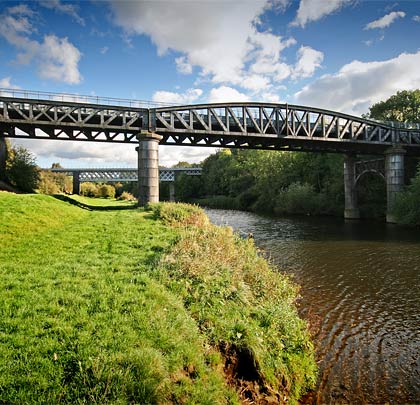
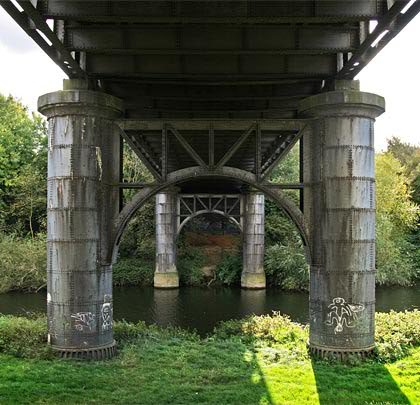
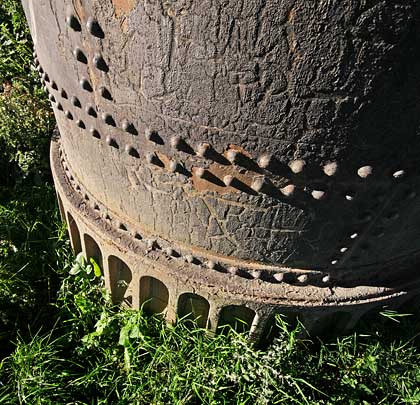
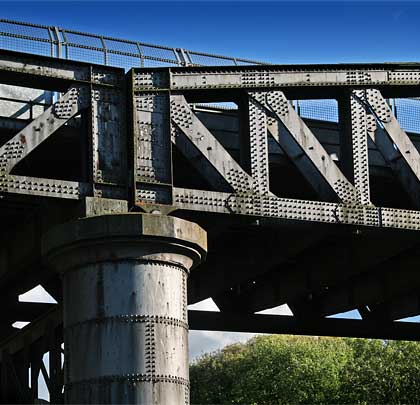
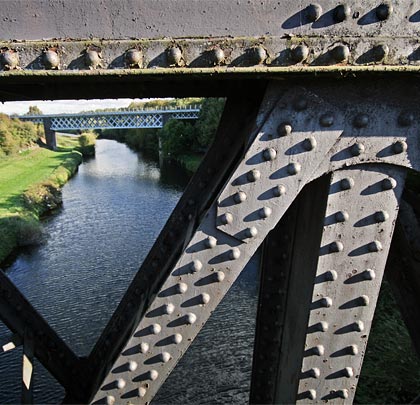
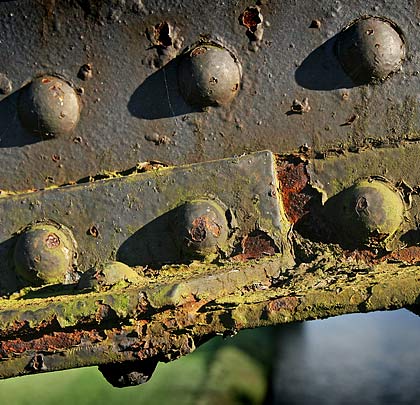
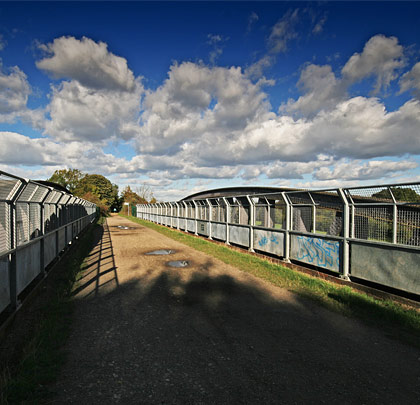
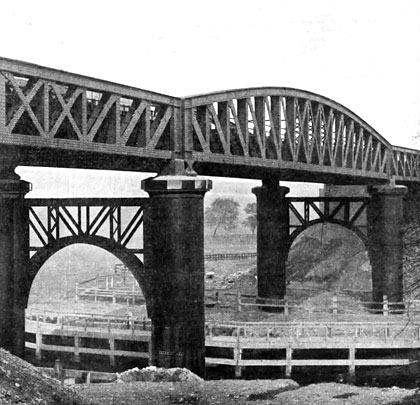








In 1909 the Hull & Barnsley Railway sought Parliamentary approval to drive a line southwards from Gowdall to Braithwell Junction, a distance of almost 22 miles, with the intention of greatly improving the movement of coal traffic around South Yorkshire. Initially the plan faced widespread opposition from other railway companies but the issues were resolved and the line was eventually built jointly with the Great Central, to a design by Richard Pawley, the H&B’s chief engineer.
Work got underway in January 1911 following the award of a contract to Messrs Logan & Hemingway of Doncaster. G B Barton and T Clark acted as resident engineers. Progress was delayed by the First World War but mineral and goods traffic began traversing the route on 1st May 1916. This was a heavily engineered railway, demanding 70 bridges and large culverts, as well as 2,243,000 cubic yards of excavation; this material, along with 194,000 cubic yards of colliery waste, was used to form the embankments. The two largest structures were a lifting bridge over the Knottingley & Goole Canal and a fixed bridge across the River Don at Warmsworth.
The latter’s steelwork – consisting of a centre span of 112 feet 6 inches and two side spans of 59 feet 3⅞ inches – was manufactured and erected by Eastwood Swingler and Co of Derby. The distance between the main girders measured 26 feet 6 inches, allowing for two tracks. The clear headway above water level to the underside of the bridge was 38 feet 6 inches.
The spans are supported by two piers comprising pairs of cylinders, each about 56 feet high and 28 feet 6 inches between centres. These are filled with Portland cement. The portion below ground was built in cast iron, ranging from 10 feet in a diameter at the base to 7 feet. Above ground, the cylinder has a diameter of 7 feet and consists of steel plates and angles, with an ornamental cast iron cap at the top. Each pair of cylinders is braced with a strong steel lattice girder. The cast iron sections were sunk under air pressure, the steel portions having been sent to site pre-riveted and then bolted to the cast iron parts.
The centre span’s bowstring girders are 112 feet long by 12 feet 10 inches deep at their centres, reducing to 6 feet 10 inches at the ends. They were sent from the manufacturer’s works at Derby in component form and assembled on specially constructed steel bogies in a siding close to the bridge. Thereafter they were pulled onto a temporary timber structure – alongside the railway bridge but at a lower level – used by the contractors for construction purposes. From this they were jacked up to the correct height and slewed into position.
The girders for the side spans are Linville type, 62 feet ⅞ inch long by 7 feet 1 inch deep and arrived from the works riveted up. All the spans have fixed and expansion bearings. The bridge deck is composed of single web cross girders and ⅜-inch flat plates, with a walkway provided along the side of each main girder. The total weight of steel, cast iron and cast steel amounts to 600 tons.
The abutments and wing walls are built of blue brick in cement, faced with Brindley brick, with masonry and blue-brick capping, whilst the bedstones carrying the main girders are granite.
Closure came to the route in piecemeal form between 1958 and 1979, although regular traffic at the southern end of line (Braithwell Junction-Warmsworth Junction) had ceased in 1942, after which it was used for wagon storage. The section over the bridge continued to serve Yorkshire Main Colliery until 3rd February 1969. For some years the bridge was used to carry a conveyor belt over the River Don but was reborn for public use when it was incorporated into the Doncaster spur of the Trans Pennine Trail in 2001.







